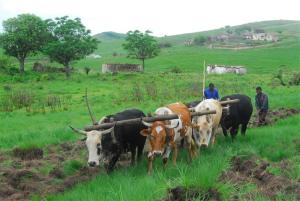Symptoms:
Tick bite fever (TBF) is an unpleasant ‘disease’ to get. The onset of Tick Bite Fever usually occurs 10 to 14 days after being bitten by an infected tick with the following symptoms:
• Fever and chills
• Aches and pains
• Rashes (in some cases)
• Severe head aches
• Usually the infected bite-site will be a black sore surrounded by a reddish circle
These symptoms may be very similar to flu symptoms however with TBF you should be able to find the bite-site.
Usually TBF is very easy to treat with antibiotics once the disease has been diagnosed. If, after a visit to South Africa, you experience any of these symptoms visit your doctor immediately and make him aware that you may have TBF so that he knows what to look out for.
Avoiding ticks:
Tick bite fever (TBF) is usually prevalent during our summer months when we experience warm weather.
• Bath or show as soon as you return from the field. This will help in ridding your body of ticks
• Visually look for ticks on your body and remove them
• Check that your equipment is tick-free
Removing ticks:
There is no chance that by pulling a tick of your body that the tick will leave its head in you and re-grow. (Mouth parts are sometimes dislodged and can be removed with sharp tweezers or simply left).
• Using sharp tweezers grab the tick as close to the body as possible
• Pull upwards using a steady pressure
• Never jerk or twist the tick
• Once removed clean the bite site with alcohol or soap and water
• It is very important that the tick is removed as quickly as possible
Nigel Anderson
Guide at African Insight
Email: nigel@africaninsight.co.za
(Some of the information was found on: http://www.cdc.gov/ticks/removing_a_tick.html)

